Sustainable Fashion

What Is Sustainable Fashion?
Sustainable fashion is the shift towards purchasing and wearing clothing that has a low environmental impact. Many designers and brands (especially fast fashion companies) have reputations for being wasteful, using environmentally damaging processes, sourcing unethical animal-based fabrics, and unjust labor practices, making fashion an overall unsustainable industry that also poses issues of social justice.
All clothes have some sort of environmental impact, since resources — and regular washing — are required for even the lowest impact garment. That said, there are so many ways to lower the environmental footprint of your fashion consumption.
Why Is the Fashion Industry Unsustainable?
As a whole, the fashion industry is incredibly wasteful. The clothing and textile industry is the second largest polluter globally, after oil, according to Forbes. Where does all that pollution come from? For one thing, a ton of pesticides are used to grow cotton, a common natural fabric. In fact, 25 percent of the U.S.’s pesticides are used to grow cotton, according to a study published on NCBI. The chemicals in pesticides can pollute soil and waterways in the communities where the plants are grown.
Fashion also uses a lot more water than you’d think. Every year, China’s fashion industry discharges more than 2.5 billion tons of wastewater, according to Edge. Not to mention, 20,000 liters of water are needed to grow the amount of cotton required for one T-shirt and one pair of jeans. That said, clothing made from cotton (and other natural fabrics like linen, bamboo, and lyocell) can be composted when it is no longer wearable, meaning the garment will never go to landfill.
And when non-natural fabrics are used, the environmental impact can be even higher. All synthetic fabrics, from polyester to nylon to rayon to spandex, are essentially forms of plastic, made from fossil fuels including coal and petroleum. Plus, when clothing made from those fabrics is no longer wearable, it either goes to landfill, or is “downcycled” into new materials such as insulation.
Furthermore, a lot of that fabric actually never makes it into the final garment. Most major fashion companies — from fast fashion brands to designer labels — design patterns that do not use entire rectangles of fabric, leaving a ton of scraps, deadstock, and offcuts to be sent to landfill. And some companies take that level of waste a step further by incinerating perfectly good clothing that they were unable to sell. For example, Burberry made headlines for incinerating $36.5 million worth of new clothing in the year 2017, which the brand reportedly did to avoid the clothing hitting the market at discounted prices, according to the NY Post.
How Does Sustainable Fashion Help the Environment?
When brands take steps to make their clothes ethically, with eco-friendly materials, and without sending clothes or fabric scraps to landfill or incineration, they lessen their footprint on planet Earth. With so many fast fashion brands dominating the industry, every purchase made from a sustainable company increases the demand for slow, eco-friendly fashion. Plus, because there is already a significant surplus of clothes in existence, humans don't actually need that many new clothes to be produced — meaning the standards for fashion brands to be considered sustainable keep rising.
What Is Fast Fashion?
Fast fashion is cheap clothing that large companies design, manufacture, and put in stores or online extremely quickly, often to keep up with new trends. To achieve such a quick turnaround and low price tag, these companies often disregard things like eco-friendly business practices and healthy working conditions.
Even though fast fashion’s price tags are usually low, the cost on the environment and on the people making the clothing is often high. Not to mention, the low price tag isn’t actually as low as you think. A $5 T-shirt most likely will not last very long, making it essentially a disposable item in the eyes of many consumers, keeping them coming back to the store for replacements.
Which Stores Sell Fast Fashion?
Common fast fashion shops and online stores include Forever 21, Nasty Gal, Zara, Gap, Primark, Uniqlo, Topshop, Urban Outfitters, and H&M. Basically, stay away from any shop where the prices seem way too good to be true, or where new styles are constantly appearing on shelves.
Sustainable Fashion Brands and Designers
Even though fast fashion is having a moment right now, there are also so many designers combating that with ethical, sustainable, and slow fashion practices. Smaller fashion labels including Tonlé and Zero Waste Daniel both use deadstock fabric or pre-consumer fabric waste to make their clothes, meaning they do not produce any waste.
There are also plenty of larger fashion designers and brands who have dedicated their businesses to low-waste, ethical, and sustainable practices — for example, Eileen Fisher, Stella McCartney, and Reformation.
Why Is Sustainable Fashion Expensive?
Brands with sustainable business practices do not cut the same corners that fast fashion brands do — and unfortunately, the price of fair labor practices and sustainability initiatives is often higher than outsourcing to sweatshops that underpay their employees. So even though some sustainable fashion brands are pricey, you can think of buying a responsibly-made garment as an upfront investment, since the item could last you for years and years.
Affordable Sustainable Fashion
The most sustainable and affordable option when it comes to fashion is purchasing items secondhand, and ideally ones made from all-natural materials, like cotton, linen, and bamboo.
Why Is Secondhand Shopping Eco-Friendly?
Shopping secondhand is sustainable because you are only buying things that are already in the waste stream, meaning you’re essentially saving an item from going to landfill. Additionally, you’re not creating demand for new items to be produced. Not to mention, shopping secondhand can help you save money — buying a garment secondhand is always cheaper than buying that same garment brand new, it allows you to spend fast fashion prices on slow-made clothing, and it allows you to participate in trends without shopping at stores that do not align with your ethics.
Where Can I Buy Sustainable Secondhand Clothes?
You can buy secondhand clothes in person at thrift stores like Goodwill, consignment stores, and vintage shops. If you prefer to shop online, or if you are looking for a specific item, you may be interested in apps like Poshmark, Depop, and thredUP, or websites like eBay.
You can also get new low-impact clothing for free by attending or organizing a clothing swap, or scoring hand-me-downs from friends or family.
Sustainable Fashion Documentaries
A documentary called The True Cost has helped open many eyes to the pitfalls of the fashion industry. As The True Cost’s website explains, the price of clothing keeps getting cheaper; meanwhile, the human and environmental costs have only gotten higher. The film gets into the heartbreaking details of fashion’s environmental impact and on the unethical labor practices that are far too common in fashion factories, and it’s a must-watch for any fashion lover.
Celebrities Who Wear Sustainable Fashion
Many famous people have used their platforms to promote sustainable fashion, everywhere from social media to the streets to the red carpet. One example is Suzy Amis Cameron, who founded Red Carpet Green Dress, a campaign that helps designers make sustainable outfits for celebs to wear to public events.
Celebrities to proudly show off sustainable fashion include Emma Watson, Laura Harrier, Danielle Macdonald, Alicia Silverstone, Alan Cumming, Miley Cyrus, and Anne Hathaway.
Sustainable Fashion Bloggers
If you still want to learn more about sustainable fashion (and there is so much to learn), there are tons of bloggers and YouTubers you can use as resources for brand recommendations, tips, donation advice, and more. Some knowledgeable ethical fashion bloggers include: Eco Cult, The Un-Material Girl, Old World New, Adimay, and Sutton + Grove.
Photo source: iStock
Latest Sustainable Fashion News and Updates
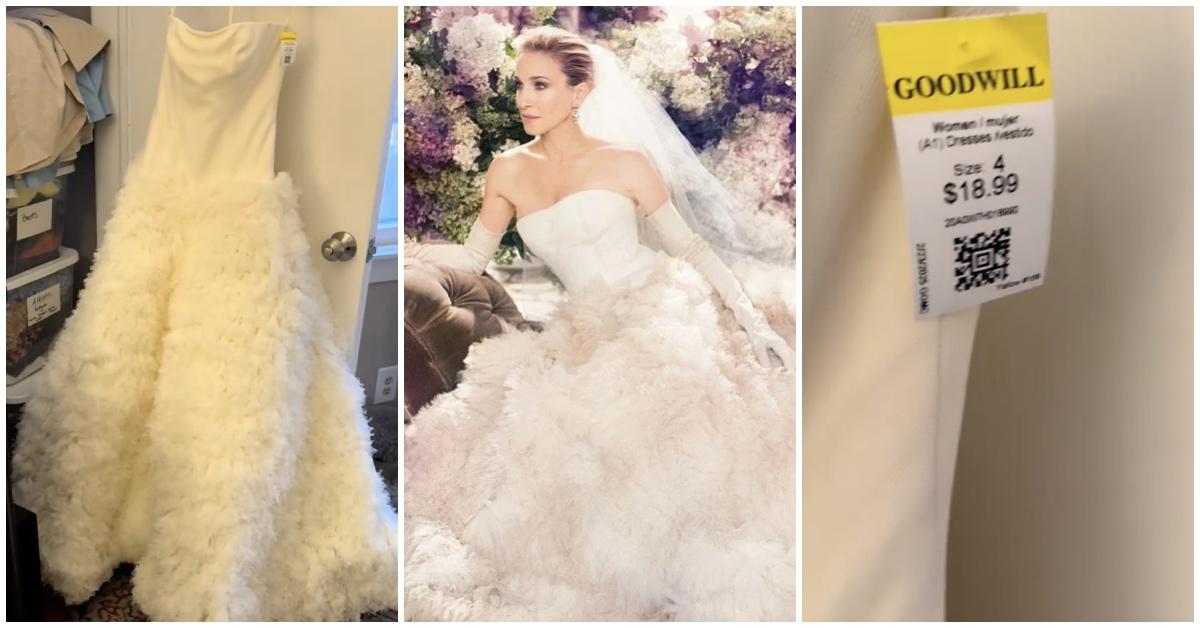
One Lucky Thrifter Discovers Carrie Bradshaw's 'Sex and the City' Wedding Dress for $19
A lucky now-viral woman discovers Carrie Bradshaw's iconic 'Sex and the City' Vera Wang wedding dress while thrifting.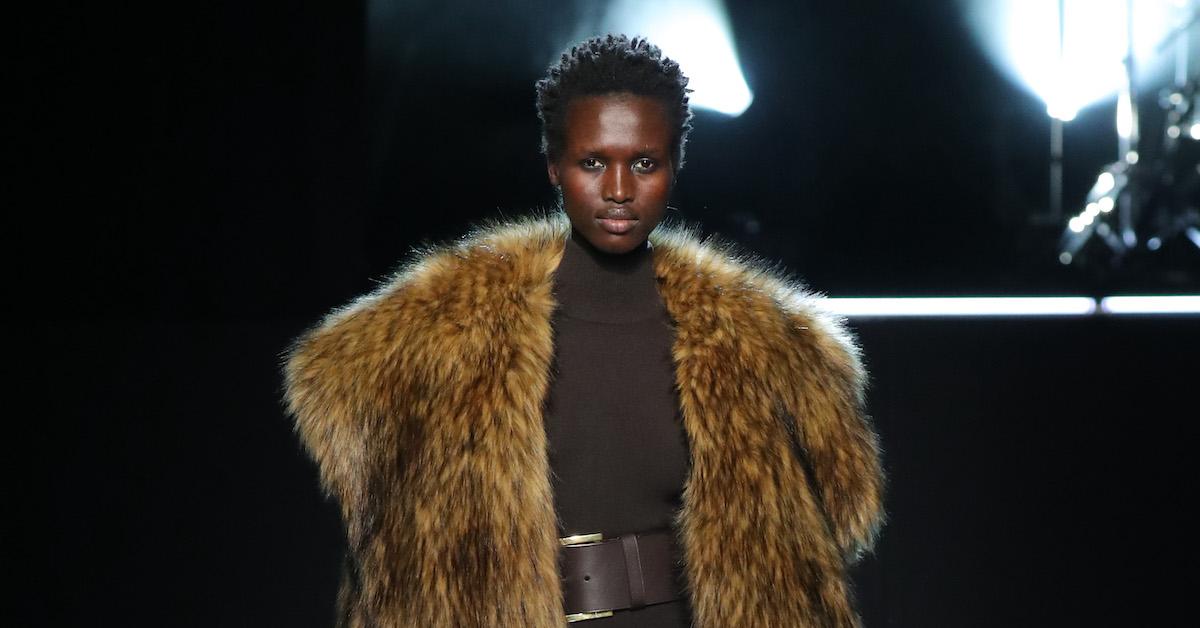
Have an Old Fur Coat? These Organizations Can Use It to Help Wildlife
If you want to recycle or donate an old fur coat, there are a number of options!
6 Stylish, Sustainable Blue Light Glasses That Prevent Eye Strain
Feast your eyes on these chic blue light glasses made of plant-based and recycled materials. Be safe and stylish while you scroll.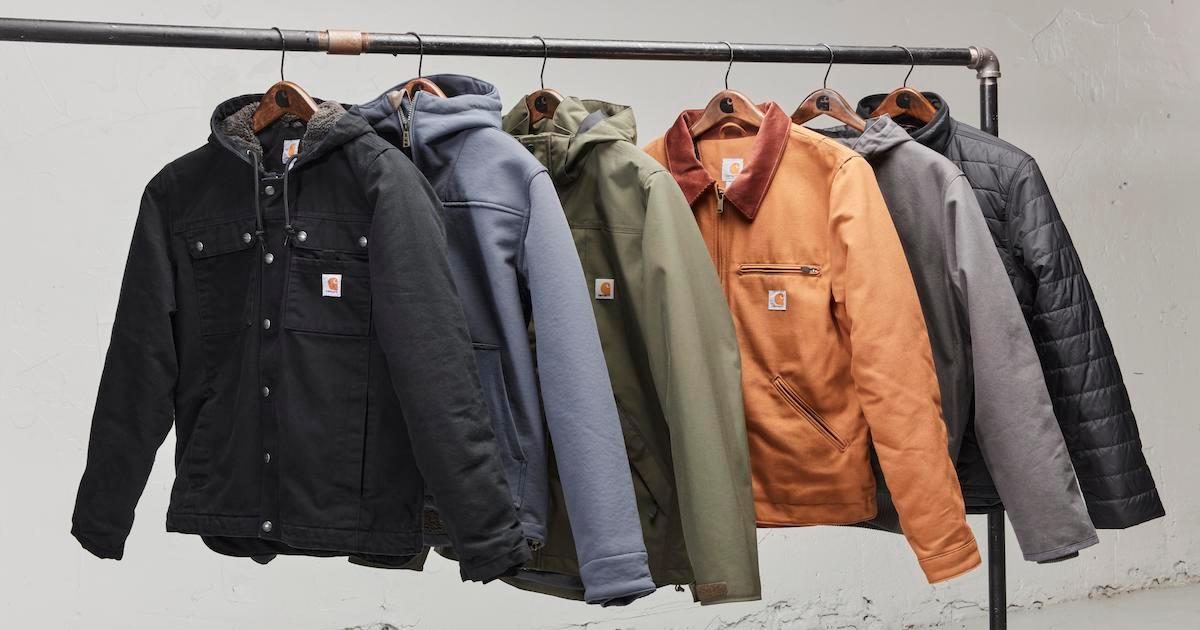
14 Fashion Companies With Their Own Resell Programs, From Carhartt to Lululemon
In recent years, more and more companies have launched buyback and resell programs, allowing customers to send their old items back in exchange for money or store credit.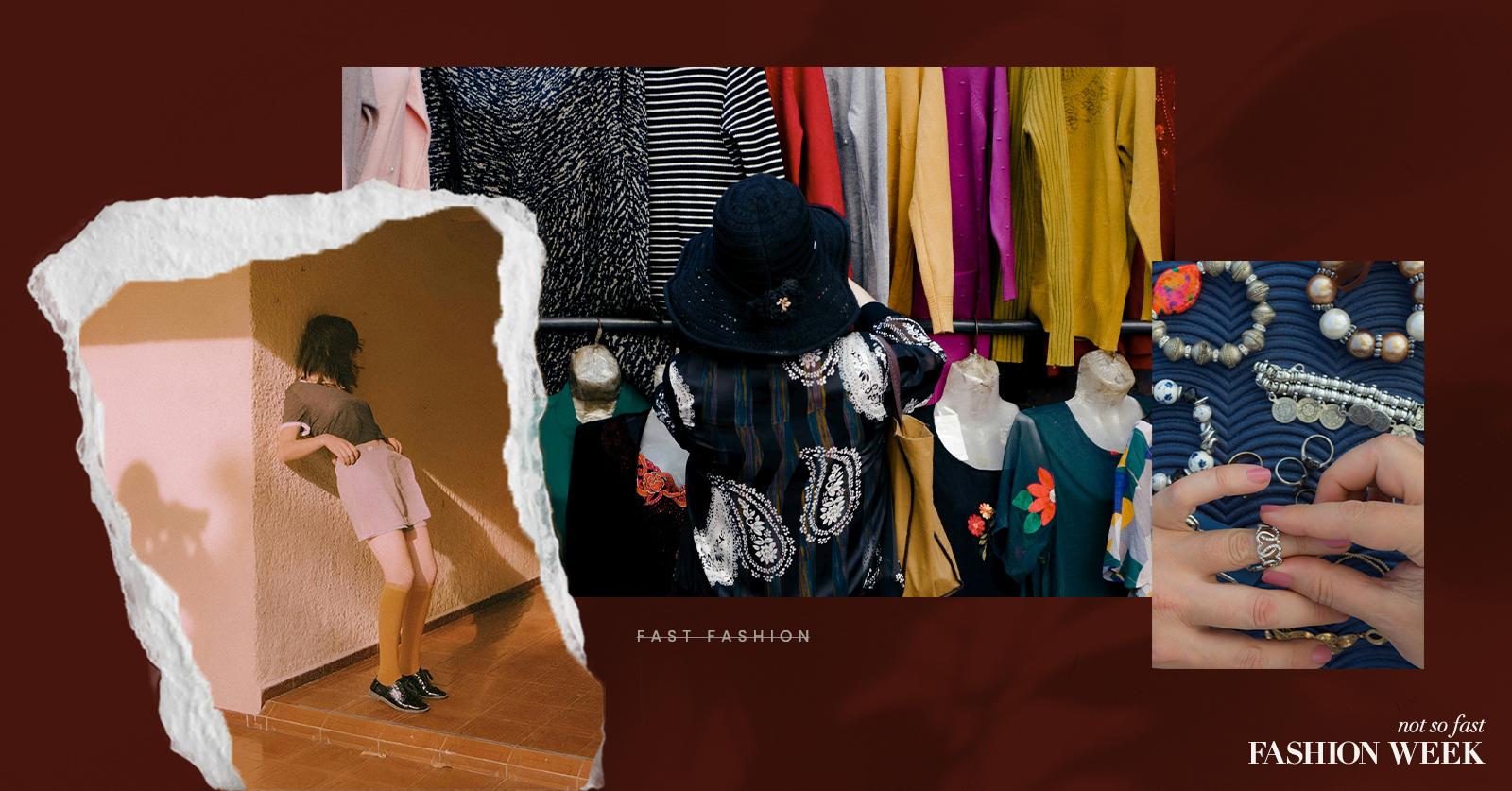
How Gen Z Made Fast Fashion Uncool (Exclusive)
We spoke with fashion experts Maya Penn and Sara Walker to unpack how younger generations, notably Gen Z, are leading the anti-fast fashion movement.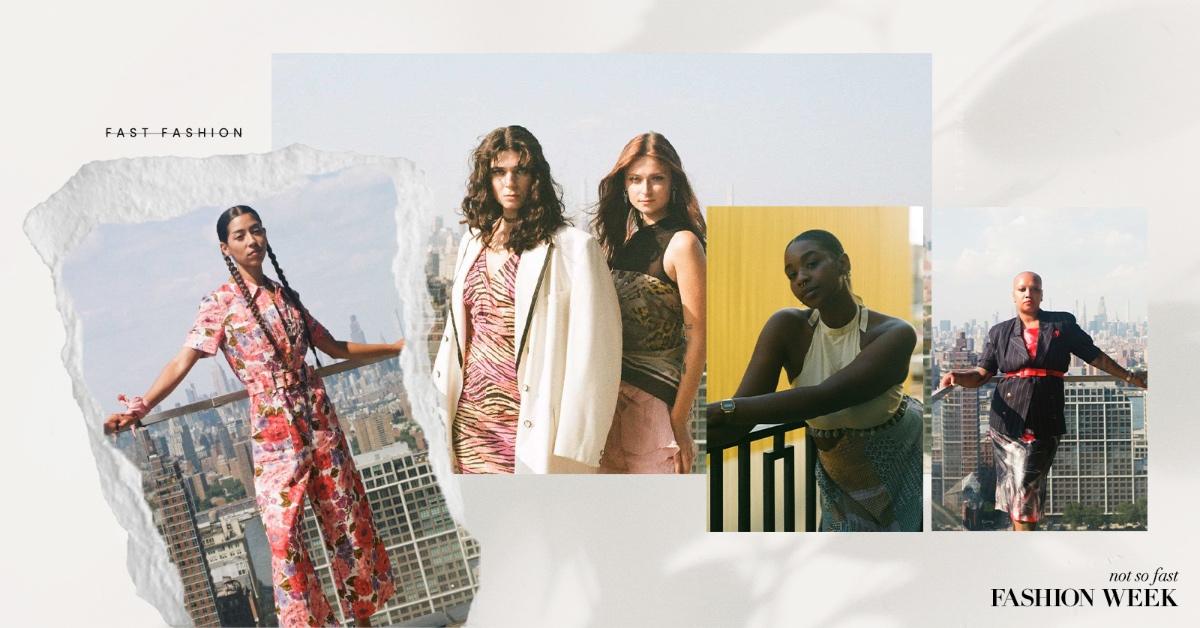
This May Have Been NYFW's Only True Sustainable Fashion Show This Year (Exclusive)
Green Matters received exclusive comments from members of Remake's "Walk Your Values" annual fashion show team about their experience.
#ShopLikeNana: Grandma's Hand-Me-Downs Are the Latest Trend in Sustainable Fashion
Black Public Media's social media campaign #ShopLikeNana encourages consumers to shop sustainably in their grandparents' closets.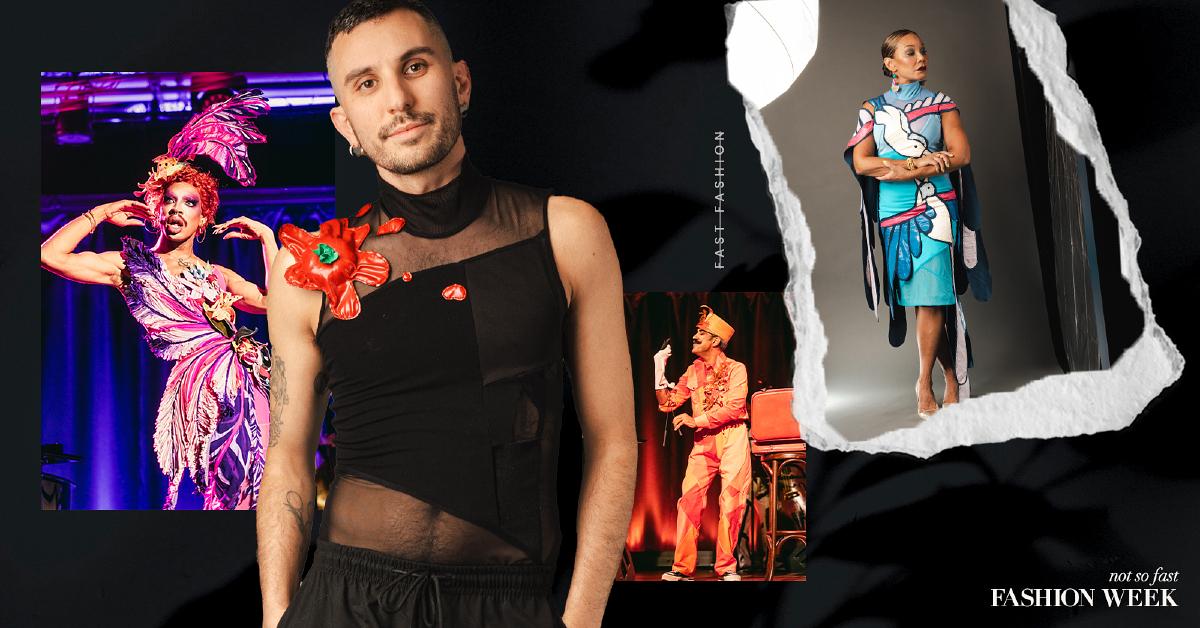
Zero Waste Daniel Brings Eco-Couture and Cabaret to NYFW: "We're All Sharing One Mission" (Exclusive)
In an exclusive interview with Green Matters, Zero Waste Daniel designer Daniel Silverstein discussed his couture clothing 2024 fashion show 'Sustainable Fashion Is a Cabaret.'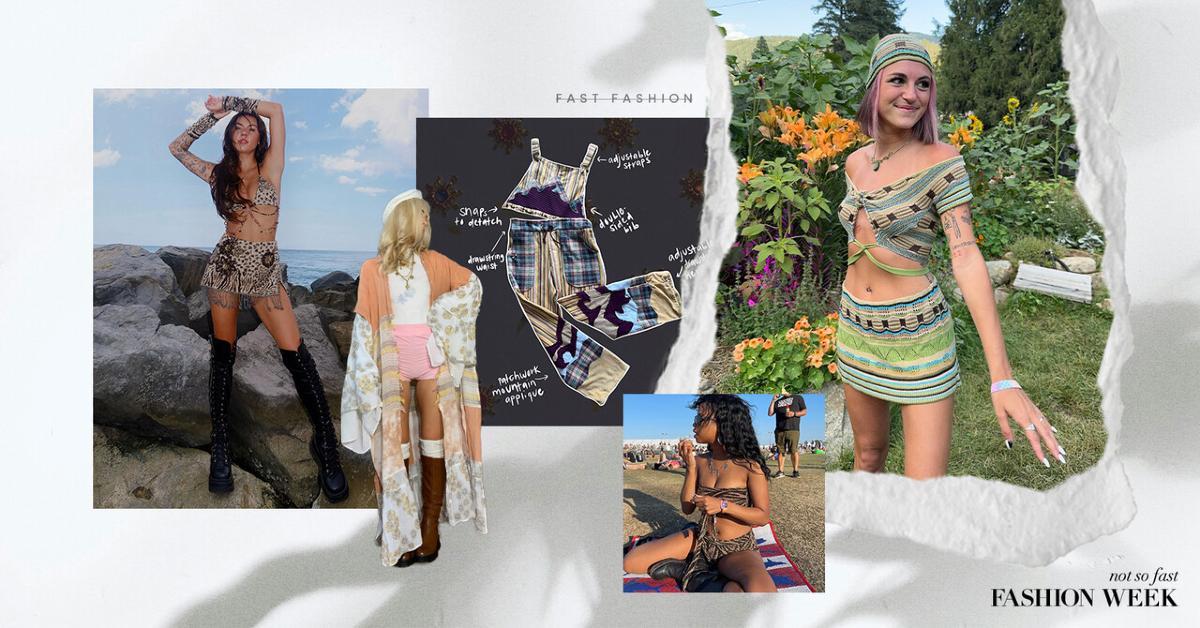
Rave, Don’t Rage Against the Planet — These Upcycling Designers Slay Sustainable Festival Wear (Exclusive)
Can on-theme outfits for raves be sustainable? In an interview with Green Matters, upcycling TikTok designers discussed combating fast fashion in the music festival scene.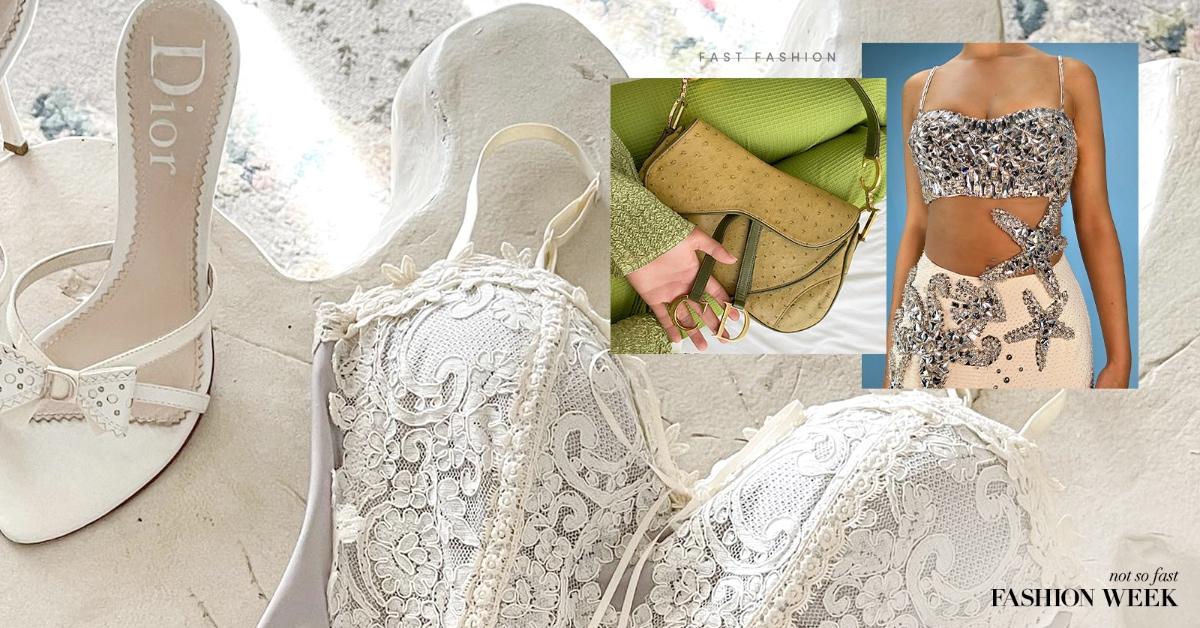
Find Your Next Favorite Statement Piece at These Online Luxury Consignment Stores
We've hand-picked seven of our favorite luxury consignment stores for your next purchase or wardrobe statement piece.
Sustainable Fashion Week Is the "Anti-Trends" Answer to NYFW (Exclusive)
In an exclusive interview with Green Matters, upcycling designer Bridgett Artise discussed founding Sustainable Fashion Week US and sustainable fashion.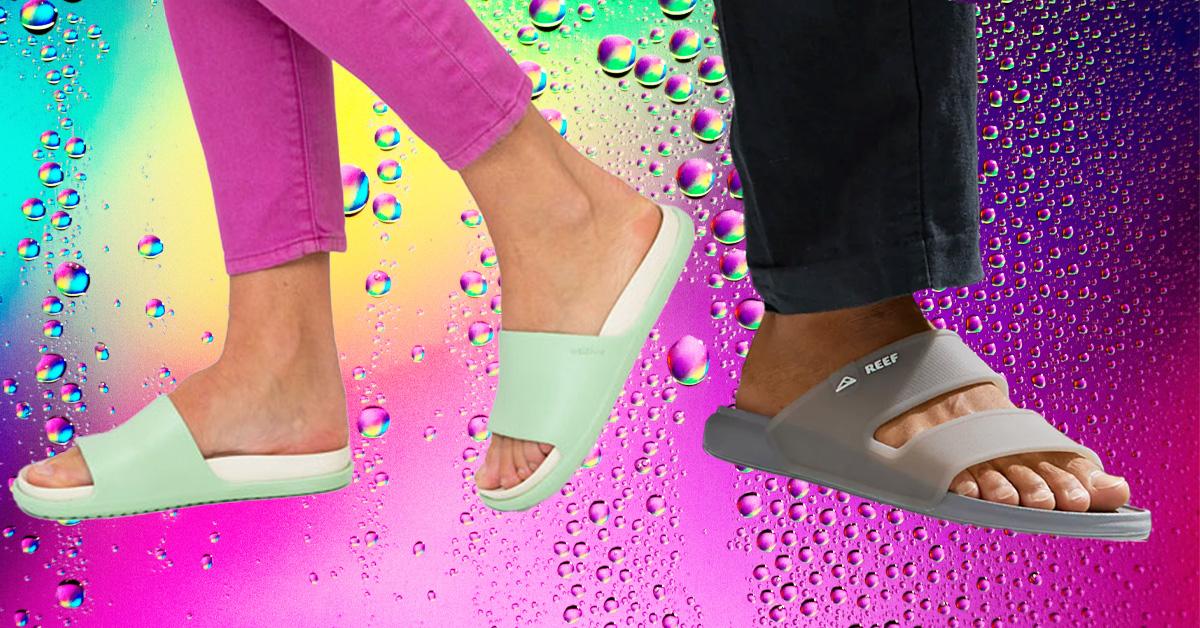
6 Eco-Friendly Waterproof Slides, Made with Sustainable Materials Like Sugarcane and Soy
These waterproof slides replace standard EVA with recycled and otherwise eco-friendly materials like foam made from sugarcane and soy.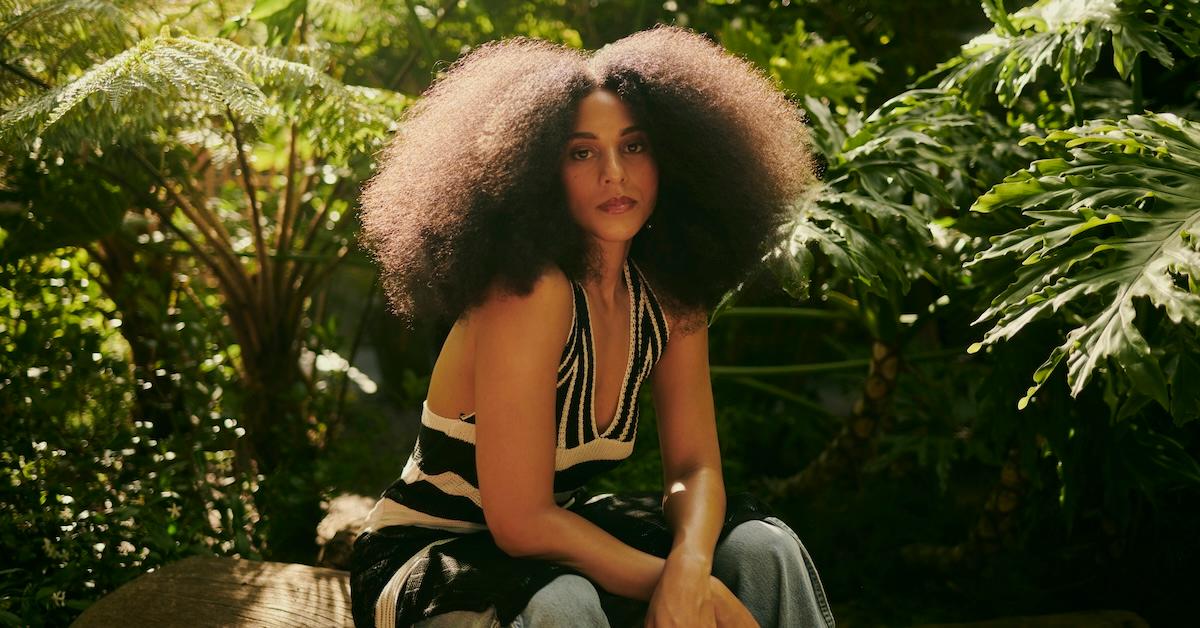
The 10 Best Sustainable Clothing Brands for Adults
Check out the 10 winners of our award for the best sustainable clothing brands for adults.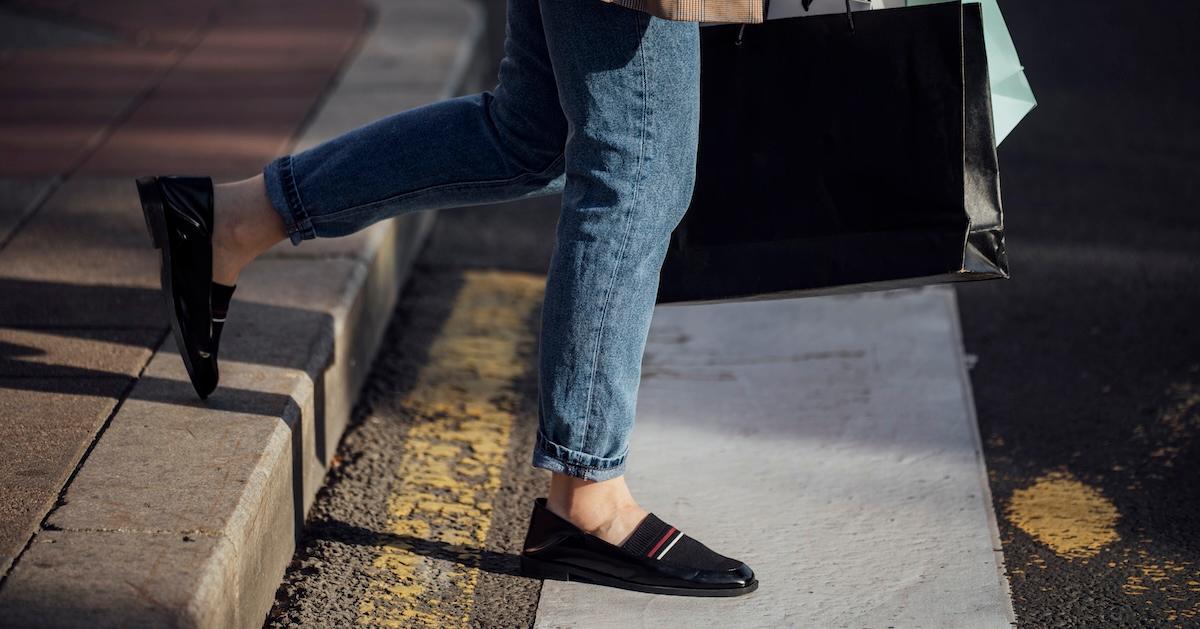
The 10 Best Sustainable Vegan Shoe Brands
Check out the 10 winners of our award for the best sustainable and vegan shoe brands.
The 10 Best Sustainable Jewelry Brands
Check out the 10 winners of our award for the best sustainable and ethical jewelry brands.
The 10 Best Sustainable Sock Brands
Check out the 10 winners of our award for the best sustainable sock brands.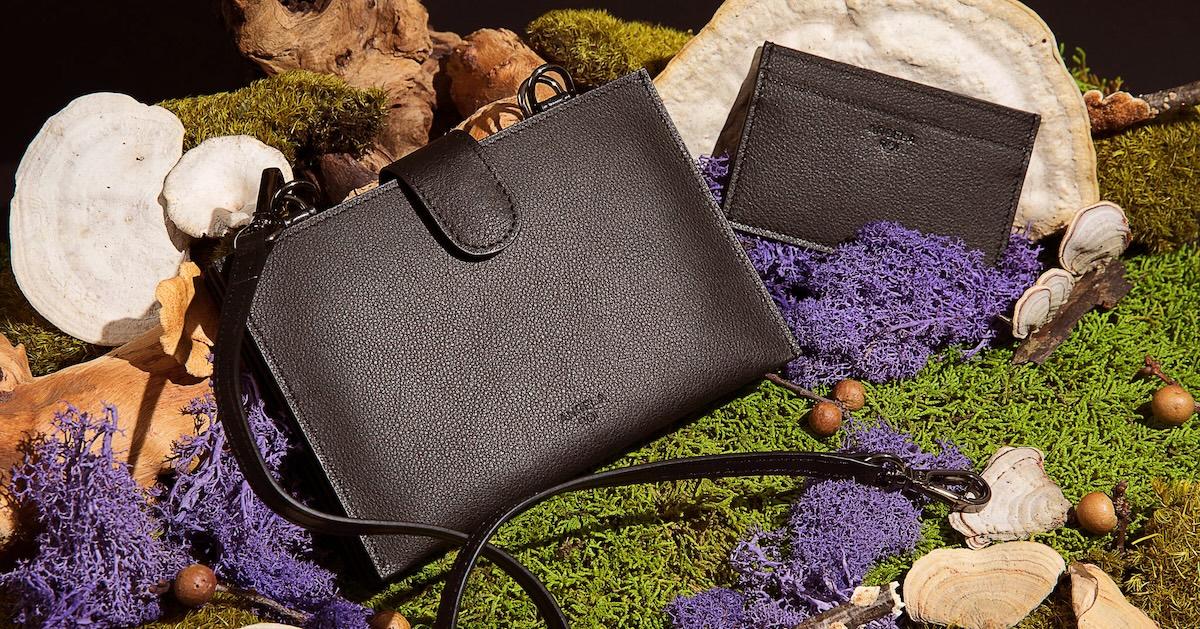
The 10 Best Sustainable Vegan Handbag Brands
Check out the 10 winners of our award for the best sustainable vegan purses, handbags, tote bags, and more.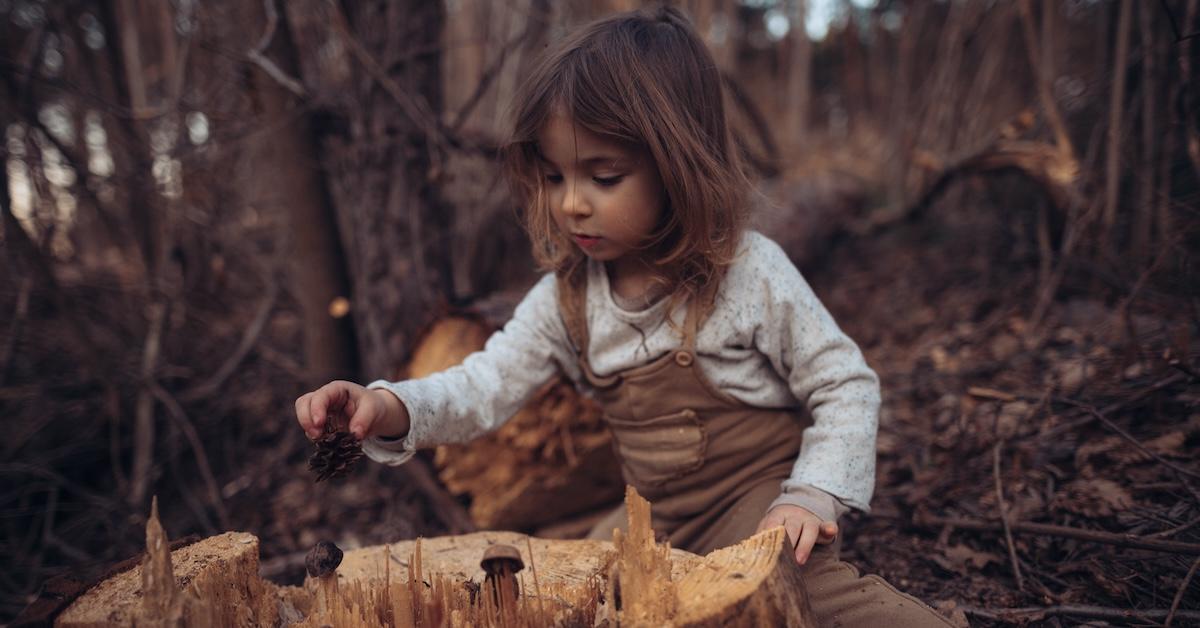
The 10 Best Sustainable Kids' Clothing Brands
Check out the 10 winners of our award for the best sustainable clothing for kids.
The 10 Best Sustainable Shoe Brands for Kids
Check out the 10 winners of our award for the best sustainable shoe brands for kids.
The 9 Best Shoes for Achilles Tendonitis, According to a Doctor and a Patient
These sneakers and walking shoes all have superior support and cushioning for people with Achilles tendonitis. Shop styles for men and women.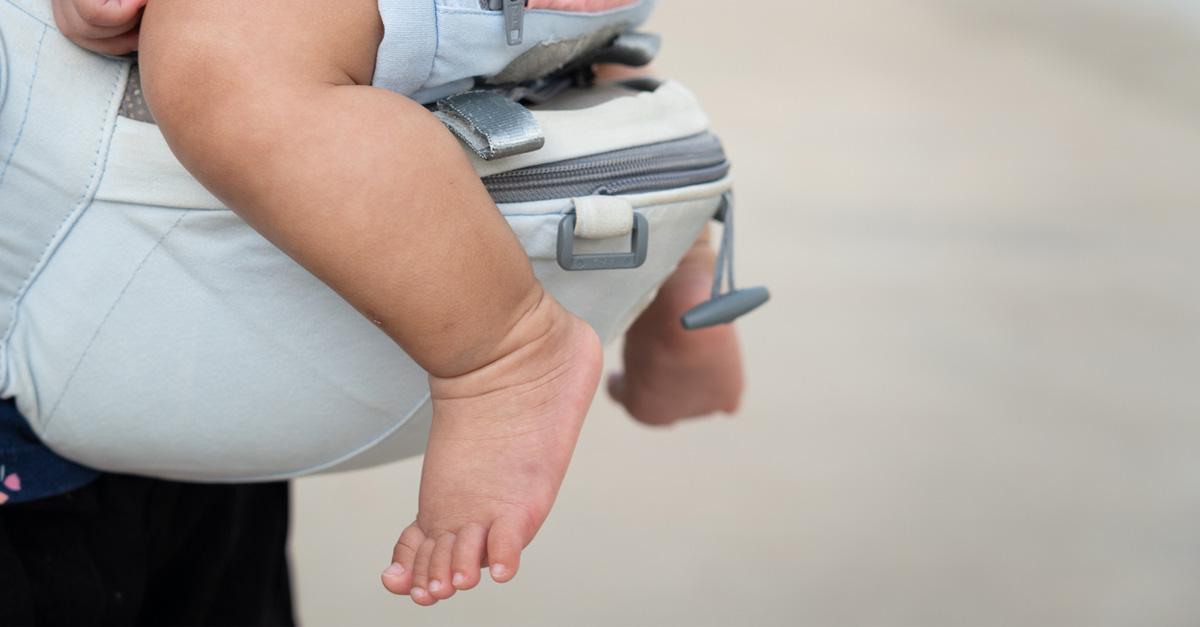
Our 6 Favorite Eco-Friendly Diaper Bags To Complement Your Parenting Style
These sturdy diaper bags and bundles include backpacks, tote bags, messenger bags, and more in sustainable and recycled materials.
These Sustainable Compression Socks Are Beloved by Nurses, Athletes, and Pregnant People
These six pairs of sustainably made compression socks have been vetted for comfort and performance by nurses, gym rats, and pregnant people.
Is Lululemon Worth It? Here’s Everything You Need to Know About the Brand Before Buying
For many people, the price of Lululemon isn’t justified, especially when factors like quality and ethics are considered.
Is Temu Ethical? What Consumers Need to Know About the Popular Marketplace
Some have claimed that fast fashion retailer Temu is unethical, low-quality, and unreliable.
This Artist Is Upcycling Discarded Event T-Shirts Into New, Trendy Tees
In an exclusive guest piece for Green Matters, environmental creator Isaias Hernandez and artist Stephanie Dillon write about what inspired their upcycled fashion brand, Citizen-T.
4 Trendy Thrift Flip Upcycling Tutorials — No Sewing Required
These thrift flipping ideas are easy, stylish, and require no sewing!
You Get What You Pay for: What to Know About Shein's Quality
Shein is known for being unbelievably inexpensive, but shoppers don't actually get much bang for their buck.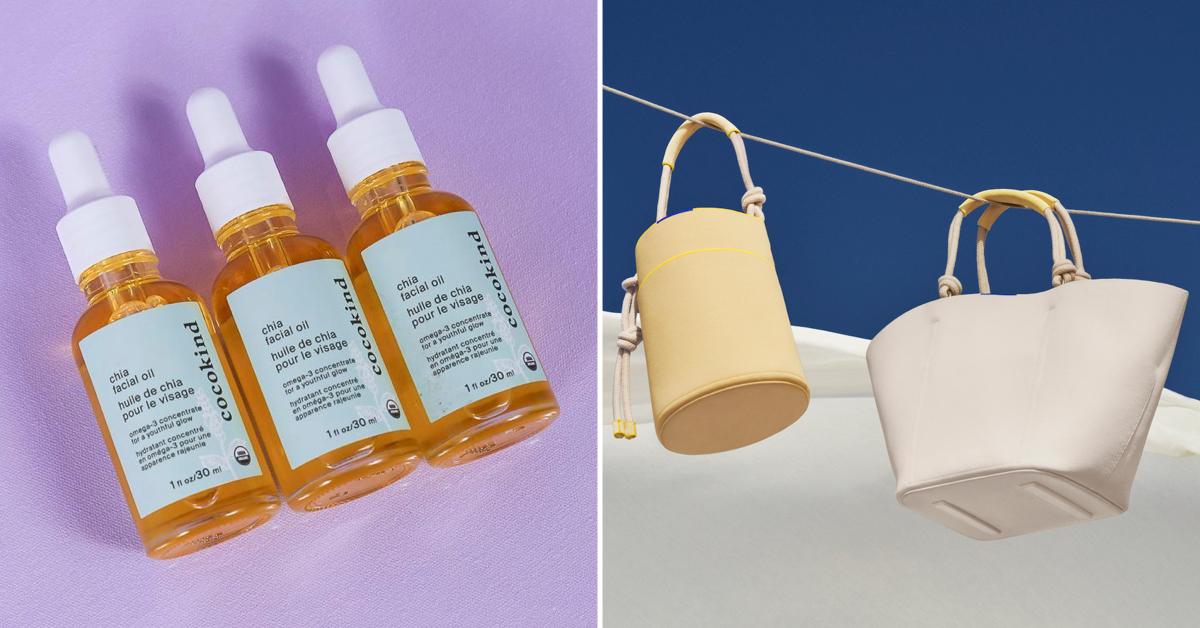
Give Your Mother the Gift of Sustainability This Mother's Day — Our 12 Gift Picks
Mother's Day can be celebrated sustainably — here are twelve eco-friendly presents and experiences perfect for your holiday.
These Recycled Flip Flops Are Made of Yoga Mats and Tires
Flip flops are notorious for clogging up landfills and polluting our oceans, but these cool recycled flip flops replace plastic with upcycled materials instead.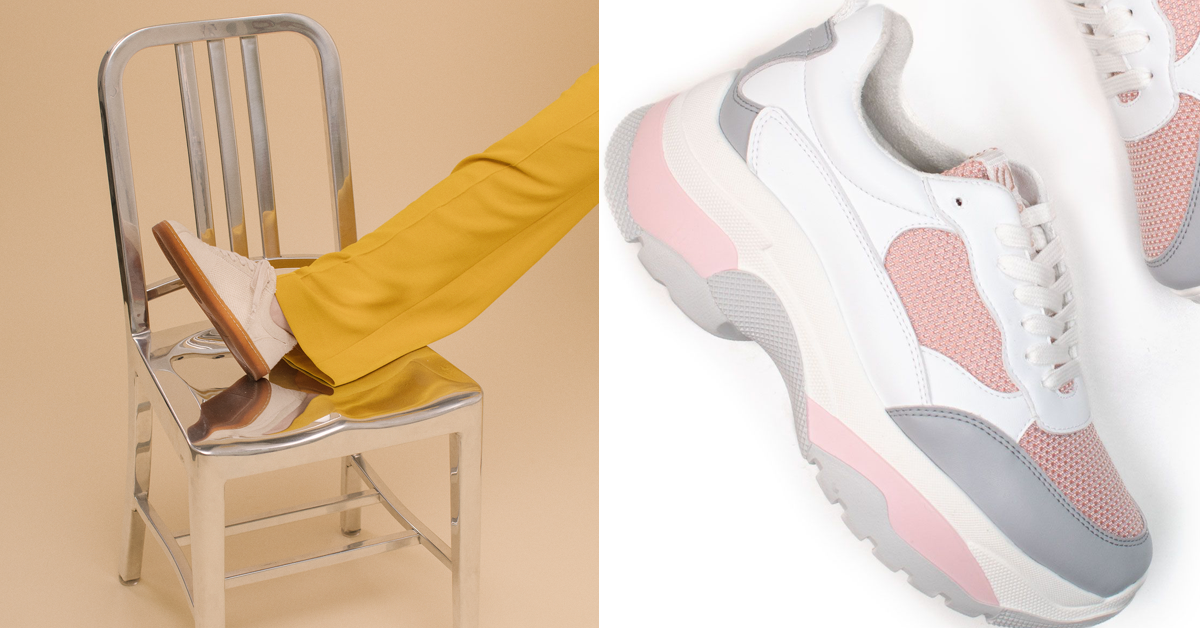
9 Trendy and Eco-Friendly Sneakers Perfect for Your Next Outing
Sneakers are getting more and more sustainable – check out these nine low-impact, vegan options.
It's Giving... Fast Fashion Flop: These Earth Day Protesters Would "Rather Be Naked Than Wear SHEIN" (Exclusive)
Green Matters spoke exclusively with activist Lexy Silverstein to discuss the Shein protest and why fast fashion needs to end.
6 Chic, Eco-Friendly Sunglasses Made from Cotton, Castor Oil, and More Cool Materials
Eco-friendly sunglasses have come a long way in terms of looks and technology. These chic pairs use recycled materials and plant-based acetates.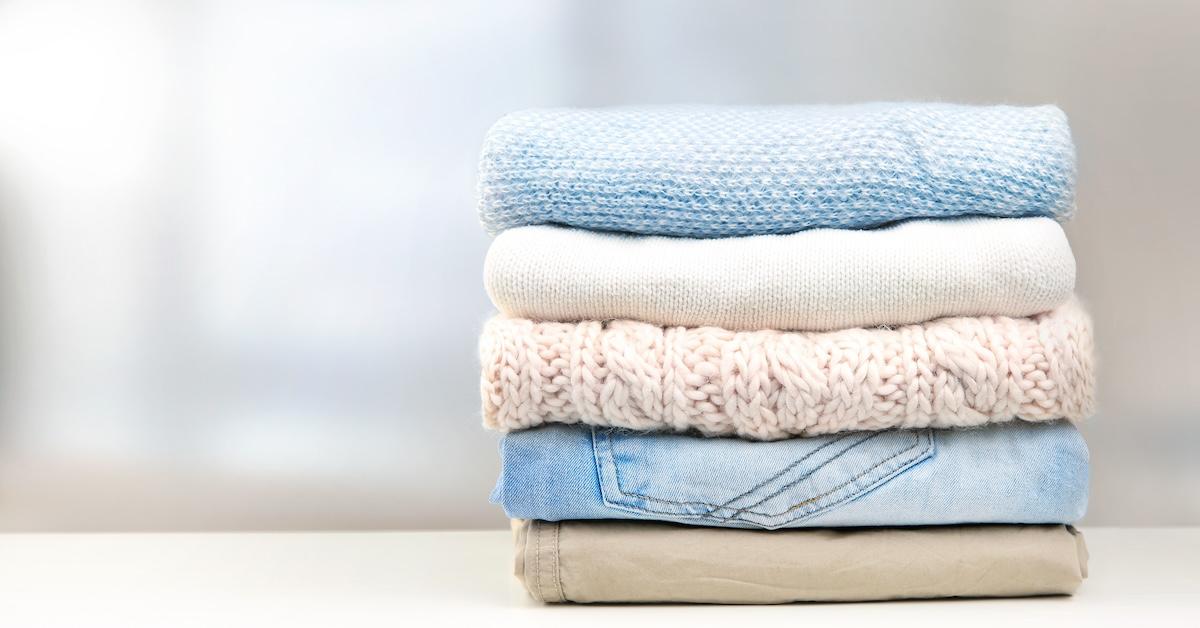
Why Fashion Brands Are Starting to Embrace Regenerative Organic Cotton
Regenerative cotton is cotton grown using practices that work to rebuild ecosystems often harmed during farming. Here’s what you should know.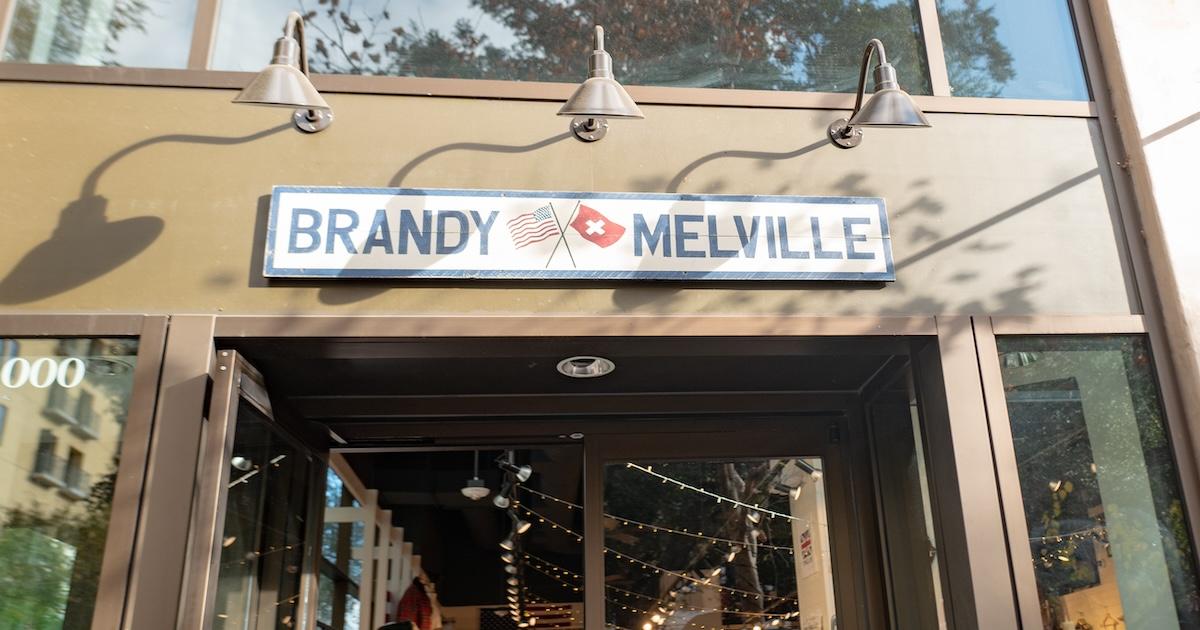
Ultra-Trendy Brandy Melville Is Just Another Exclusionary Fast Fashion Brand
For many teenage girls, an outfit from Brandy Melville is a closet staple. However, the brand may be hiding a lot of harmful business practices.
Kim Kardashian's SKIMS Deemed Worse for the Planet Than SHEIN by Fashion Transparency Report
Sadly, Kim Kardashian's trendy, multi-billion-dollar shapewear brand, SKIMS, may just be another fast fashion label that dances around its lack of transparency.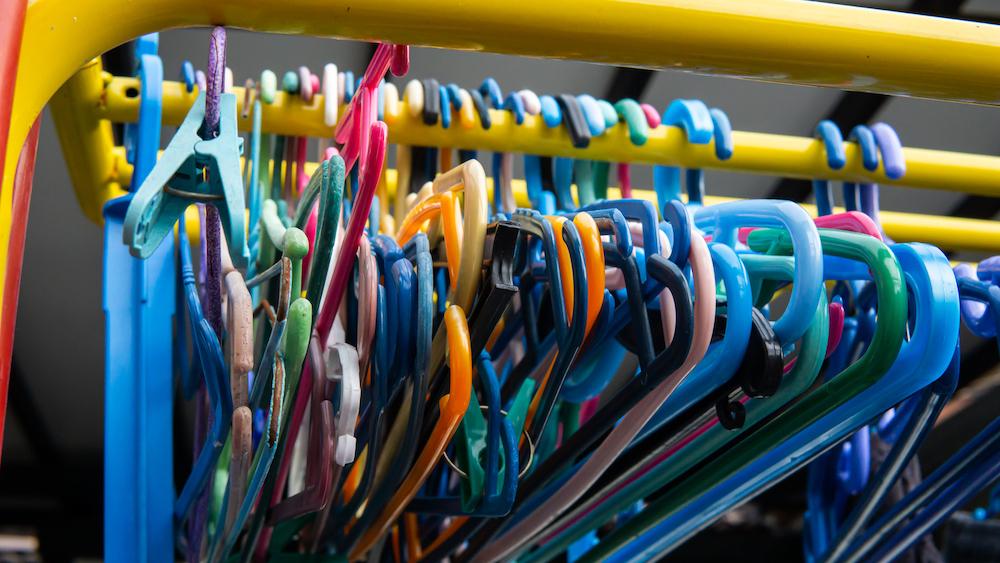
Billions of Plastic Hangers Are Produced Each Year. Are They Recyclable?
Each year, the fashion industry uses billions of plastic hangers and the majority go to landfills, because these hangers are difficult to recycle.
Simulated and Lab-Grown Diamonds Aren't Always As Sustainable As They Seem
Simulated and lab-grown diamonds have been touted as a better alternative to mined diamonds, but they also have negative environmental impacts.
The Best Eco-Friendly Hangers for Your Sustainable Wardrobe
Looking for eco-friendly clothes hangers? Avoid virgin plastic and check out our list of sustainable hangers made of recycled paper, ocean plastic, aluminum, and more.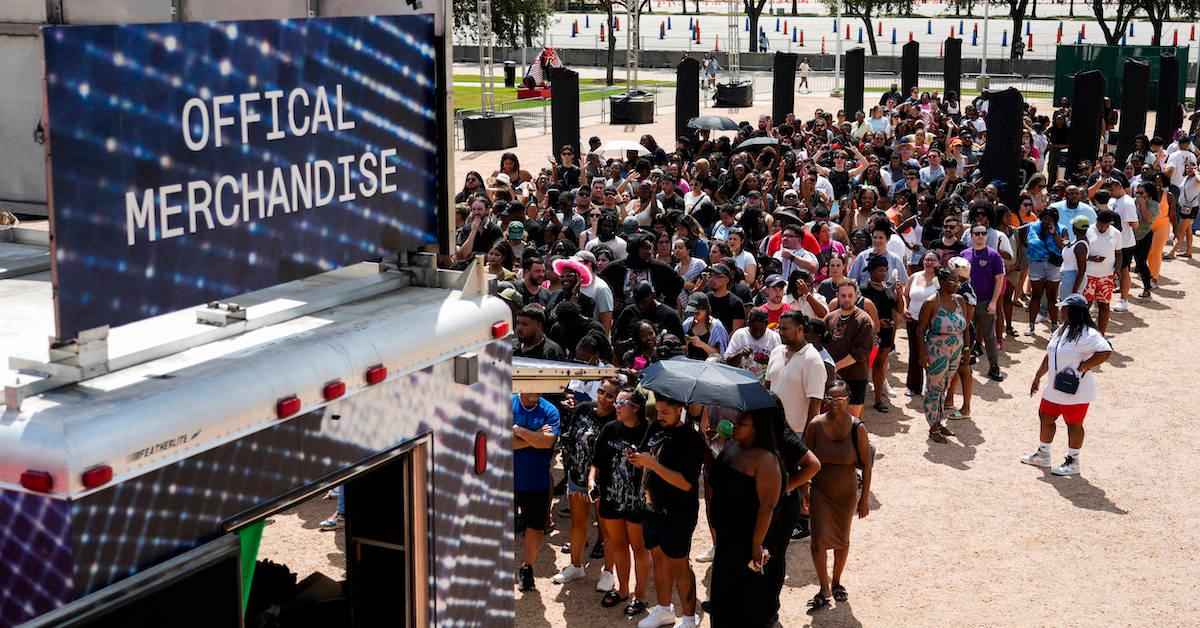
Opinion: The Dark Side of Music Merchandise
In a guest opinion piece written exclusively for Green Matters, environmental creator Isaias Hernandez and fashion-medium artist Stephanie Dillon call out how music merchandise is often just fast fashion.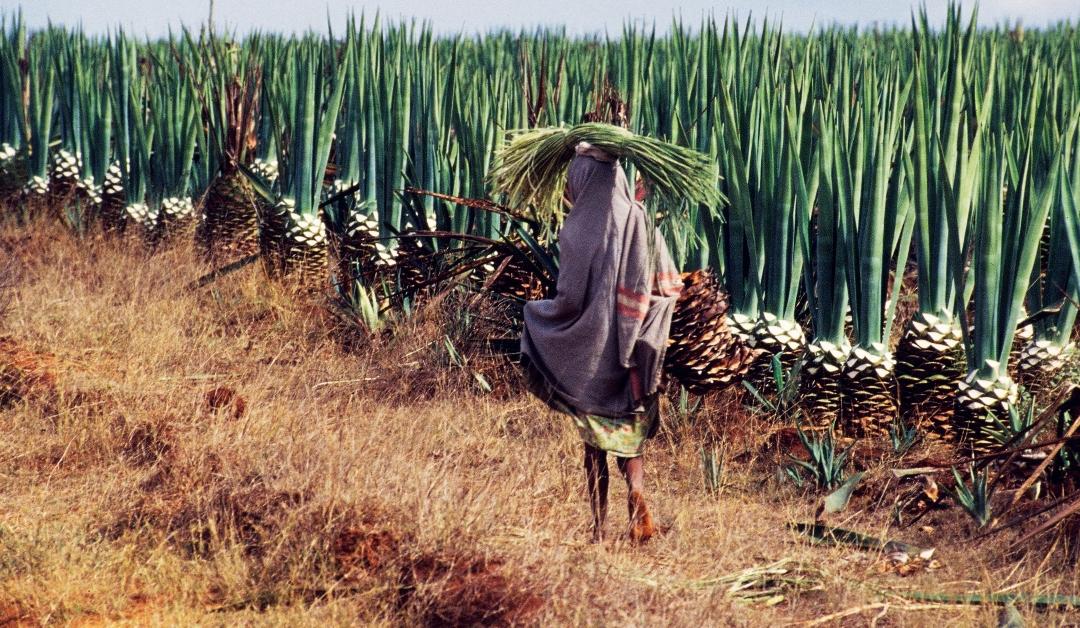
Innovations With Sisal Leaves Are Making Menstrual Pads Sustainable and Accessible
Using sisal leaves as sustainable, vegan, accessible menstrual pads means you can ditch single-use liners with plant-based, biodegradable pads.
Penny Loafers Just Got a Sustainable Makeover! 10 Vegan Loafers to Upgrade Your Wardrobe
Slip into something sustainable! From platform lug soles to slingback hybrids, these vegan loafers will add sustainability and comfort to any wardrobe.
Why Antique Jewelry Is More Sustainable Than Buying New, According to an English Antique Expert (Exclusive)
In discussion with Green Matters, Butter Lane Antiques founder Alex Alfieri vouched for antique jewelry being a good investment, detailing sustainability and heirloom-worthy beauty.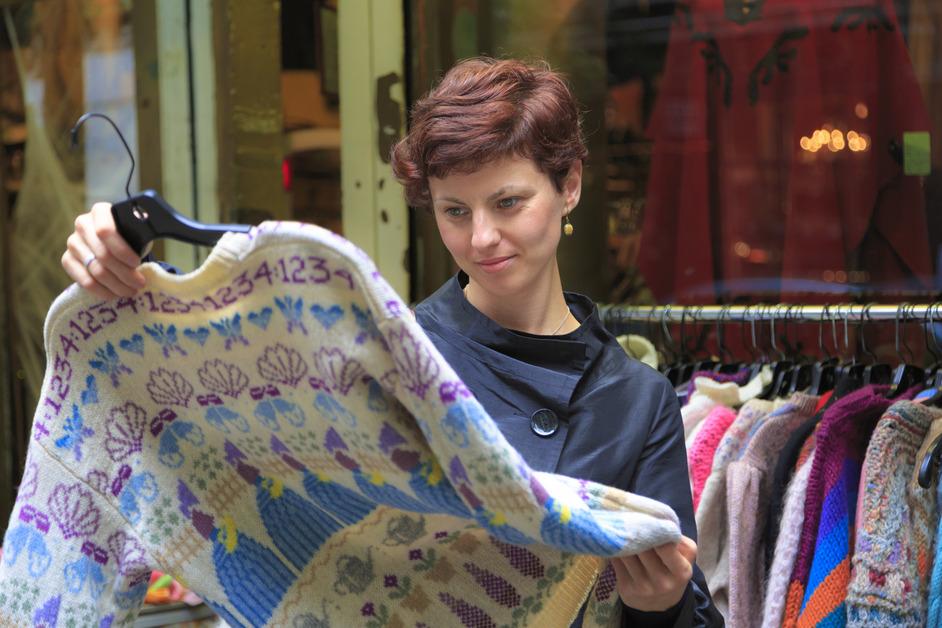
Shop Sustainably in Denver by Going to the City’s 10 Best Thrift Stores
Thrift shopping is always a unique experience, no matter where you are. Here are the 10 best thrifting spots to explore in Denver.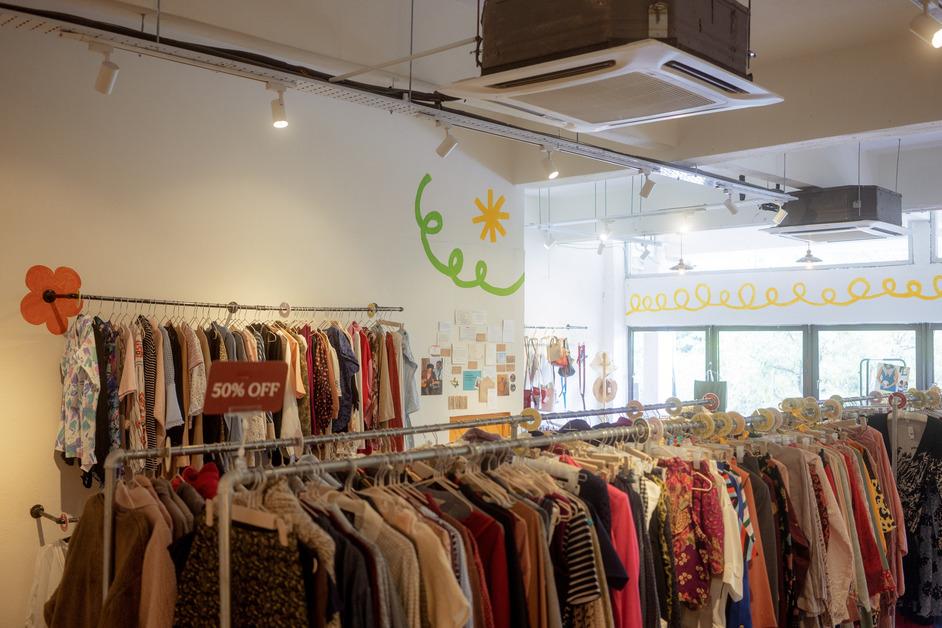
These Are the 10 Best Thrift Stores in New Jersey for Any Kind of Shopper
Part of the fun in thrifting is that you never know what you are going to find. Here are the best places to shop secondhand in New Jersey.
Why Is AliExpress So Cheap? What You Should Know About the Uber-Affordable Online Bazaar
Though AliExpress is known for wildly cheap finds, the marketplace is also associated with stealing art, scams, fast fashion, and harmful chemicals.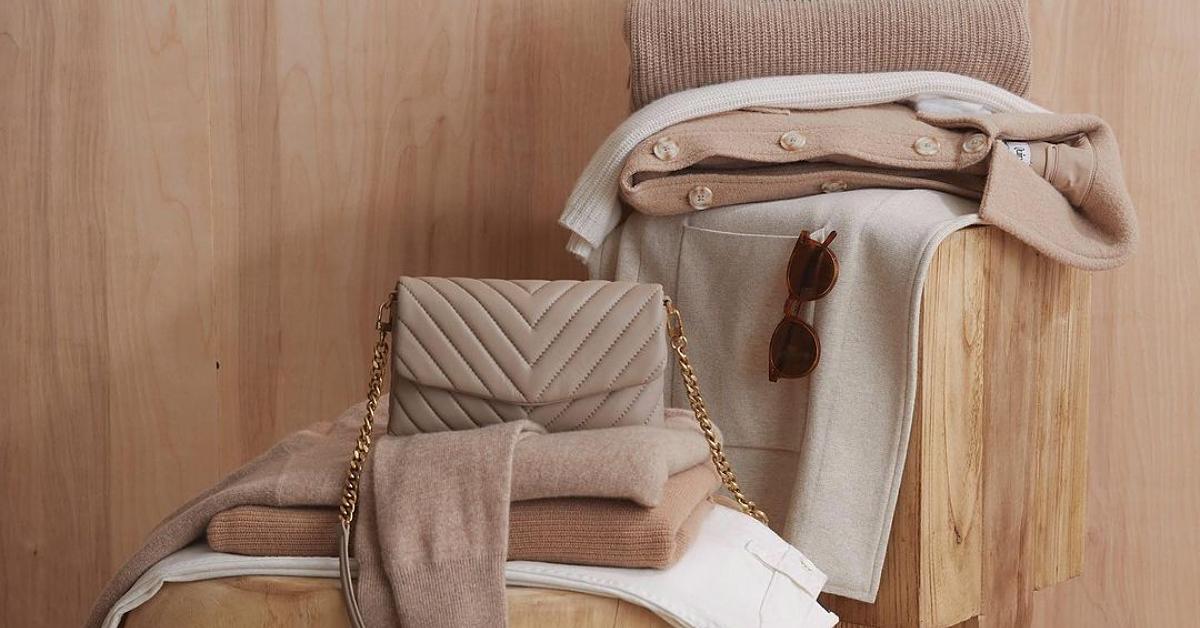
Is Quince as Sustainable as the Brand Claims? The Truth About This "Luxury for Less" Direct-to-Consumer Label
As an online factory marketplace, Quince keeps the prices of its "luxury" offerings low, prompting shoppers to wonder if it's legit.
Rihanna's Savage X Fenty Is Apparently Even Less Ethical Than Shein, According to Report
Content creator Ready to Glare discussed an enlightening brand assessment in a video, highlighting the ethical flops of Rihanna's Savage X Fenty.
On-Trend Sustainable Fashion That Doesn't Break the Bank? Yes, It Exists!
Let's face it, most people aren't looking to thrift every item in their wardrobe. Because of this, lifting up affordable sustainable fashion brands is vital.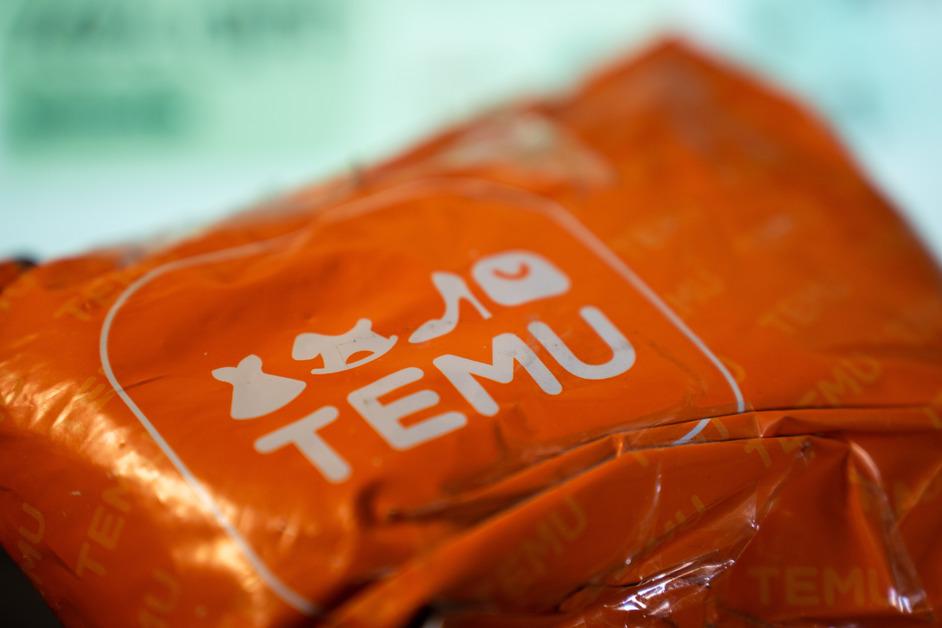
Temu Is a Social Media Sensation, but Why Is It so Cheap? An Investigation
Temu is known for its cheap prices. However, like Shein, the low prices mean a greater cost for laborers and the environment.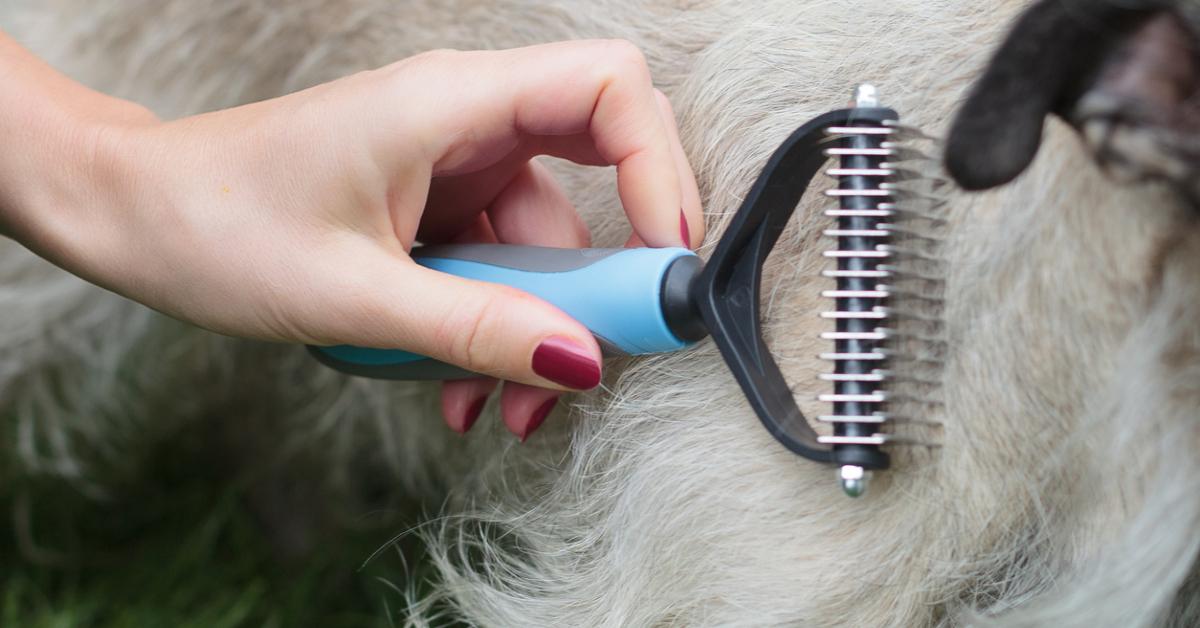
These Artists Are Making Clothing With Dog Hair, but Not Everyone Is a Fan
From history to ethics, there's a lot to discuss when it comes to the lost art of chiengora — aka spinning dog hair into yarn and creating textiles.